About input and working together
Today some more images with the light snake like we discussed in the previous blogpost.
This time we have added a small set and did a bit more with the styling of the model.
These images were shot during a workshop about smoke and props, in this workshop we show the attendees on how to control smoke, and believe it or not it’s almost a science, but also on how to work with very simple and budget friendly props to create something cool.
One of things I always try to teach is that you’re much stronger if you’re listing to your team or anyone in the room. There is a saying “you’re as strong as the weakest link” and that might be so for certain areas but I strongly believe that if you combine everything together even the weakest link adds to the total amount.
What I see a lot on sets is that the photographer takes control…(read this with a low voice) it’s HIS set and everyone should listen, if someone has input HE will determine if it’s right…. (switch back to normal voice) now that might work for some people, or at least they think, in reality they are missing out a lot.
During workshops and shoots I always listen to everyone, I want all the input I can get, some ideas I will not investigate further because I simply know they are not fitting the shot I want/need but most of the time you will find that if you create the atmosphere in which people DARE to have input your session will FLY and your creativity will blossom.
In this set I just started simple and together with the students we started to think about what we could do with the light-snake, and see what happened.
as you can see it’s just a very simple change of the light snake and it actually changes the whole shot, the light snake goes from a position in the back where you could actually ask “why” to a major role into the shot. Now this was shot during a workshop so my time is always limited to shoot but imaging going further with this and connecting the back part for example to the mask….. just thinking out loud 😀
So next time you shoot, make sure to listen to your team and value their input, they REALLY can make you better, often people compliment me with the diversity of my portfolio, and I always honestly tell them that it’s because I always work with very creative people and value their input, this way you can always improve and change, even if you work with a steady team there is always a new element like an internet, an attendee or even just a simple visitor that can add to your shots..
Good luck.
If you like tips like this and want even more check out my book “Mastering the model shoot” or get one of our instructional videos from this site.
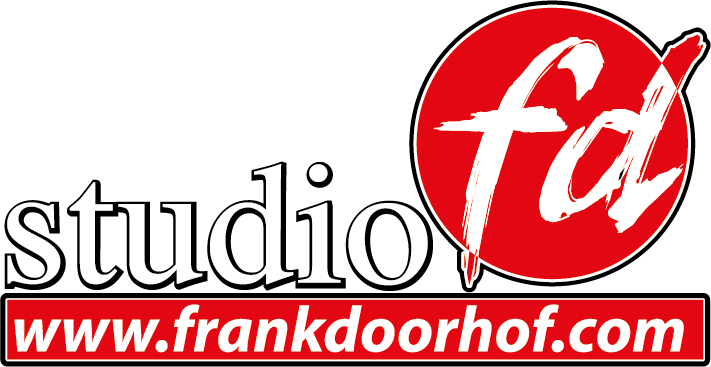
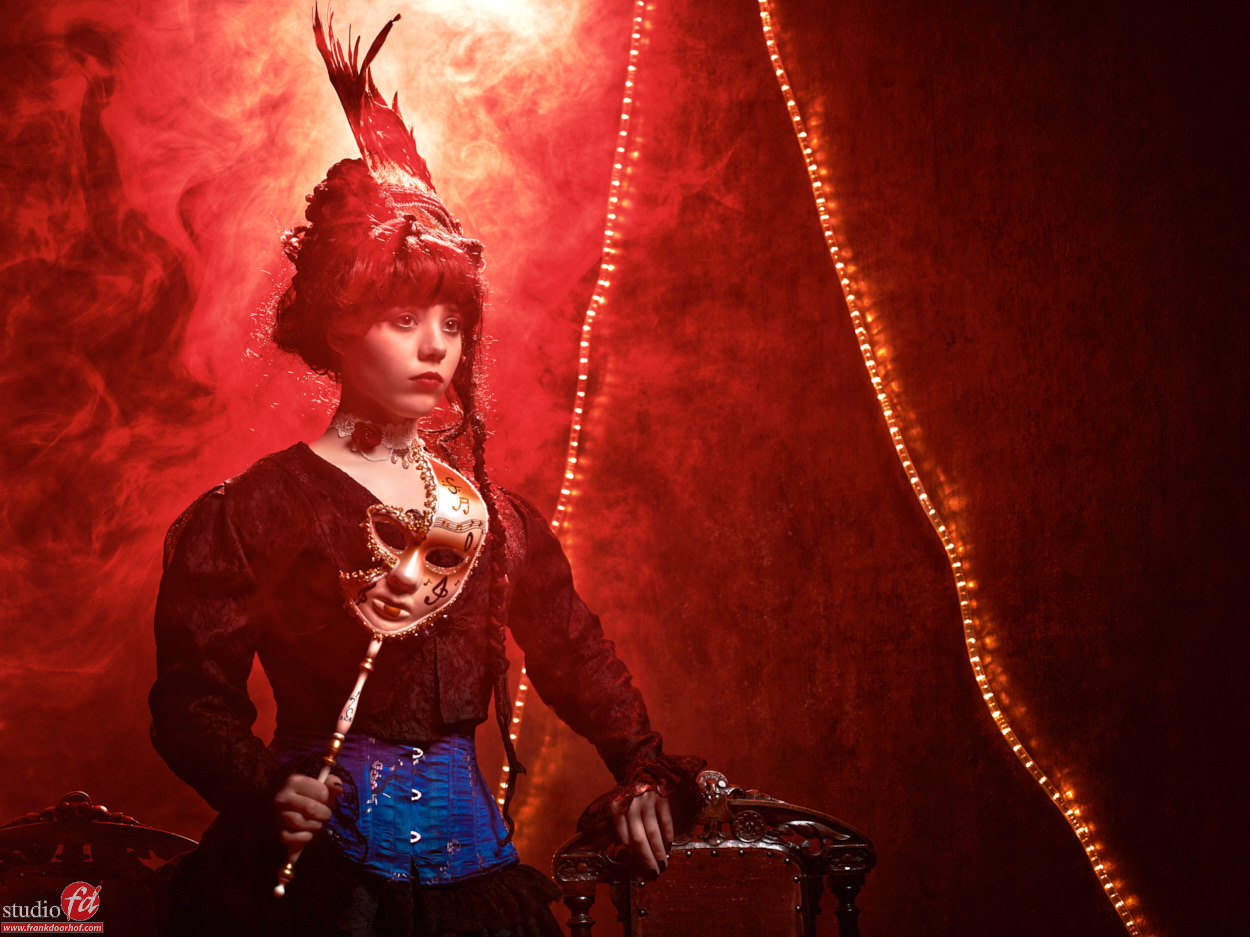
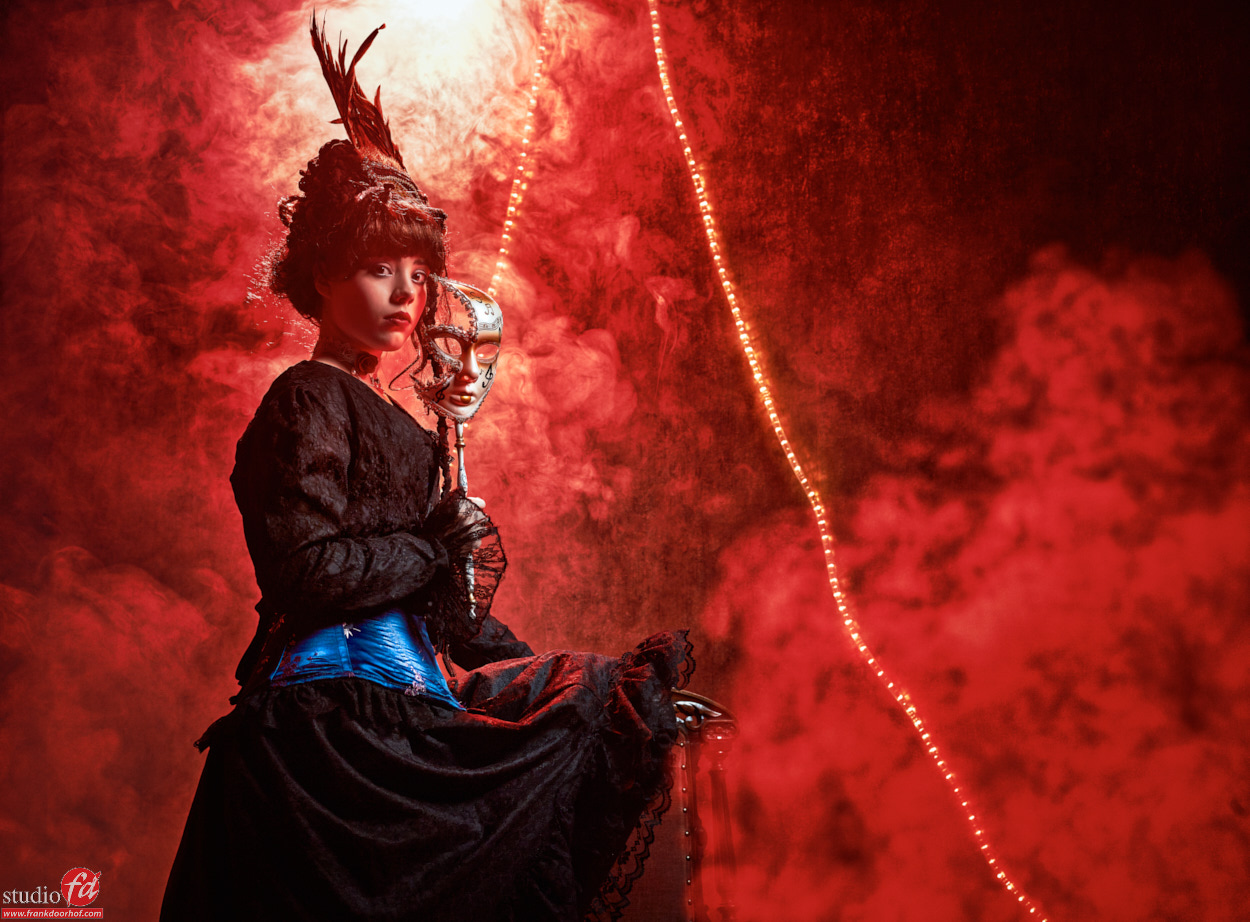
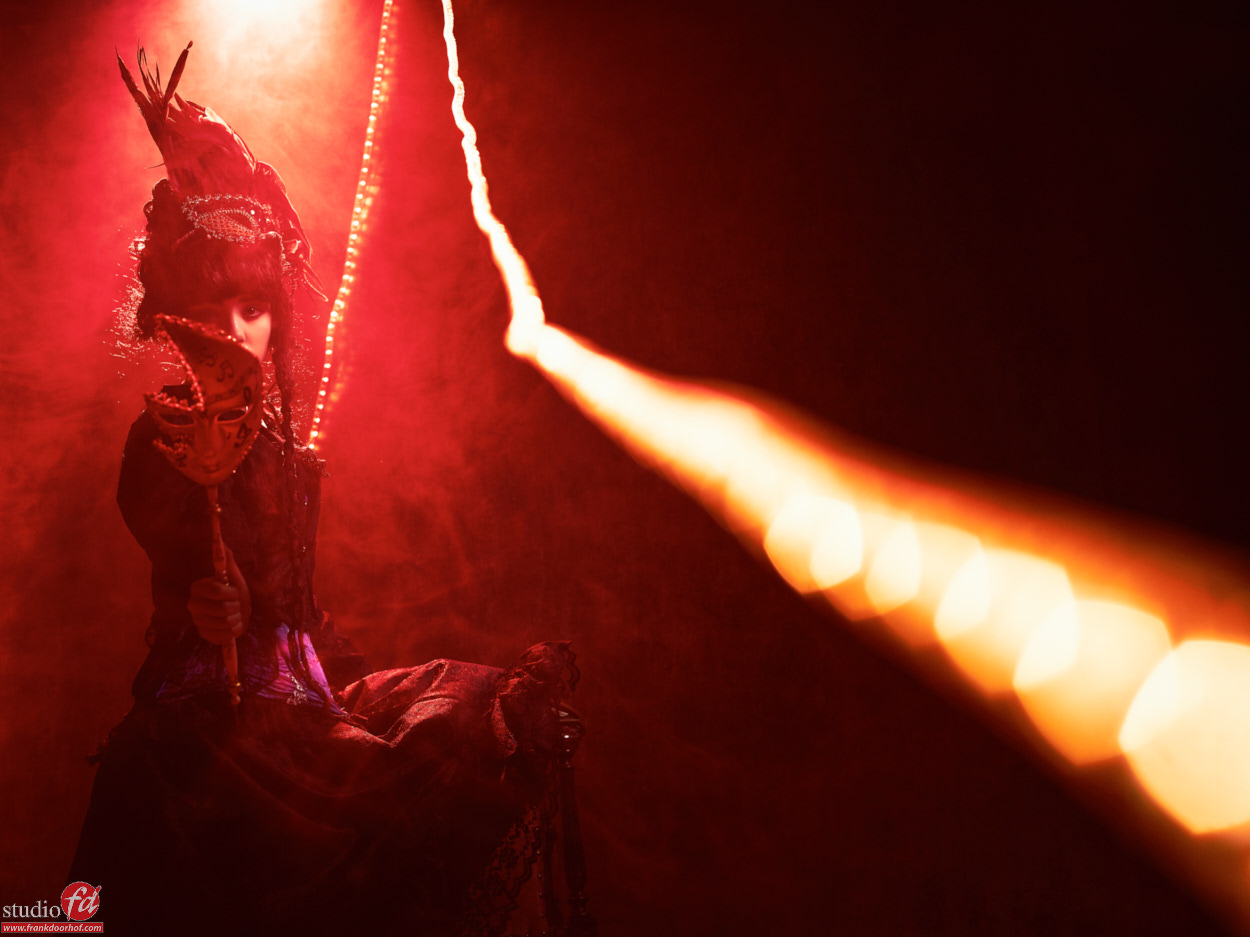
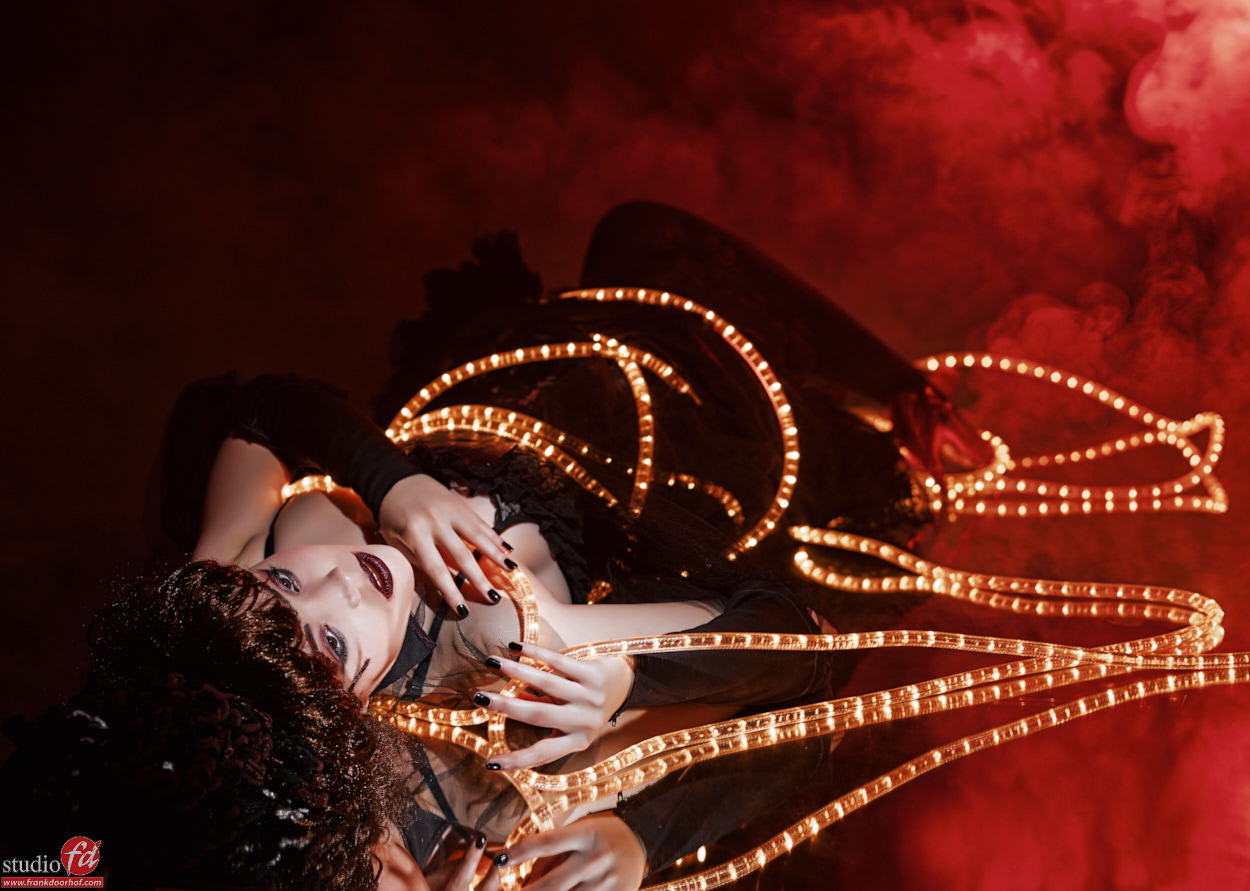
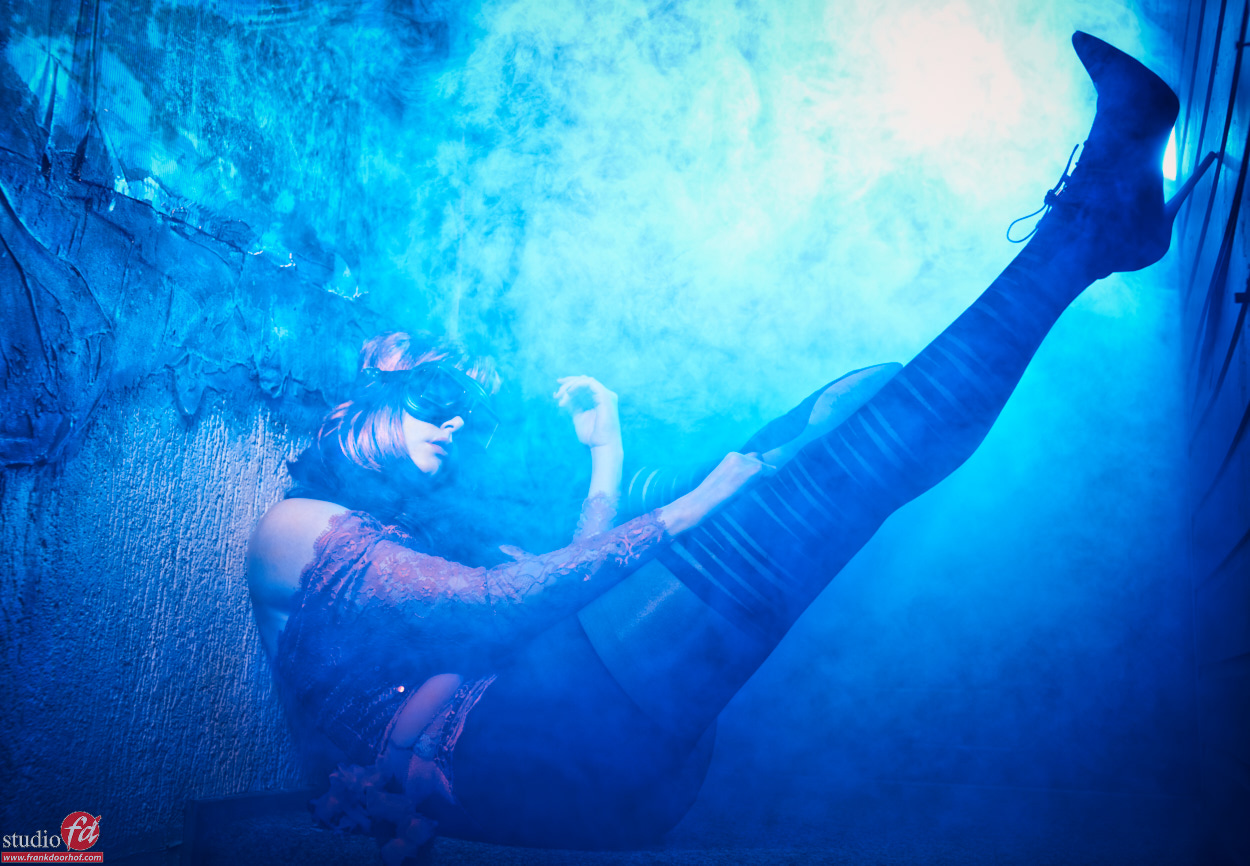
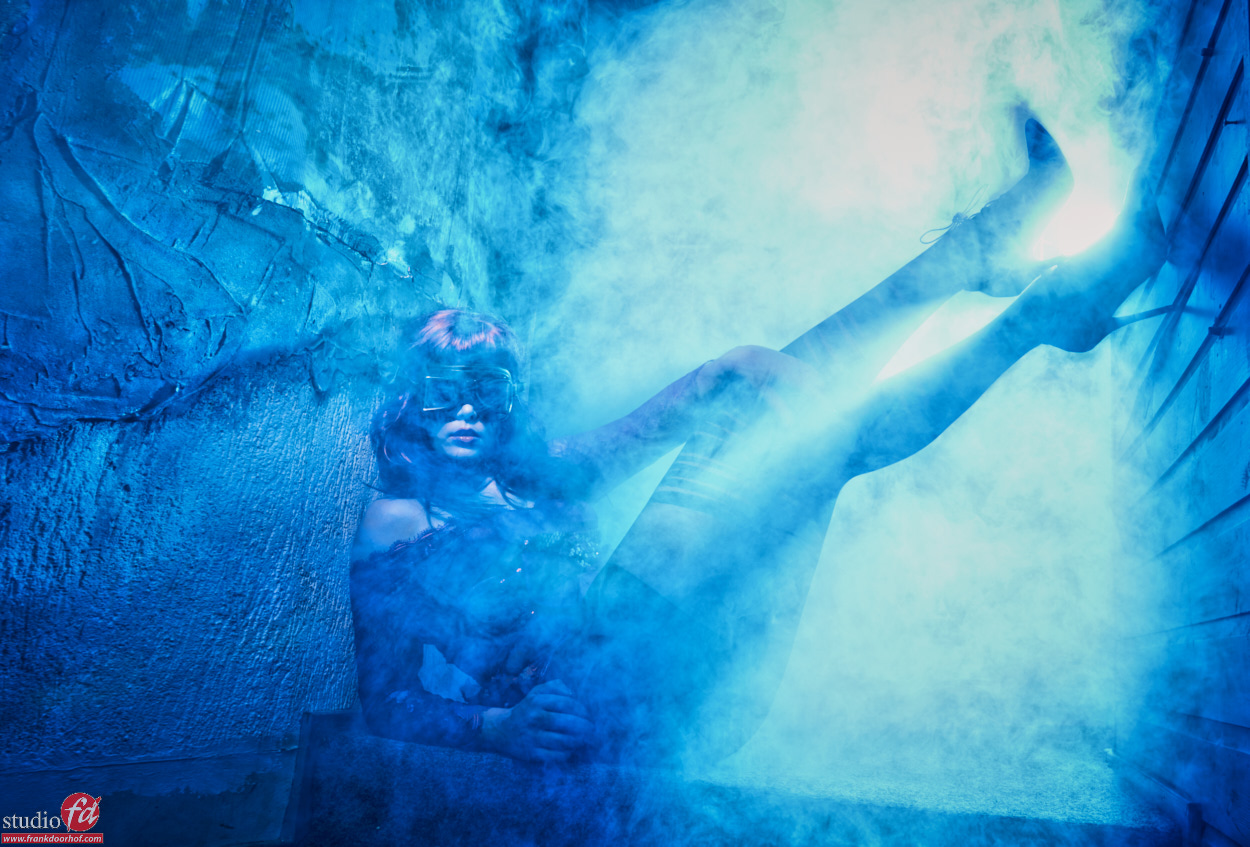
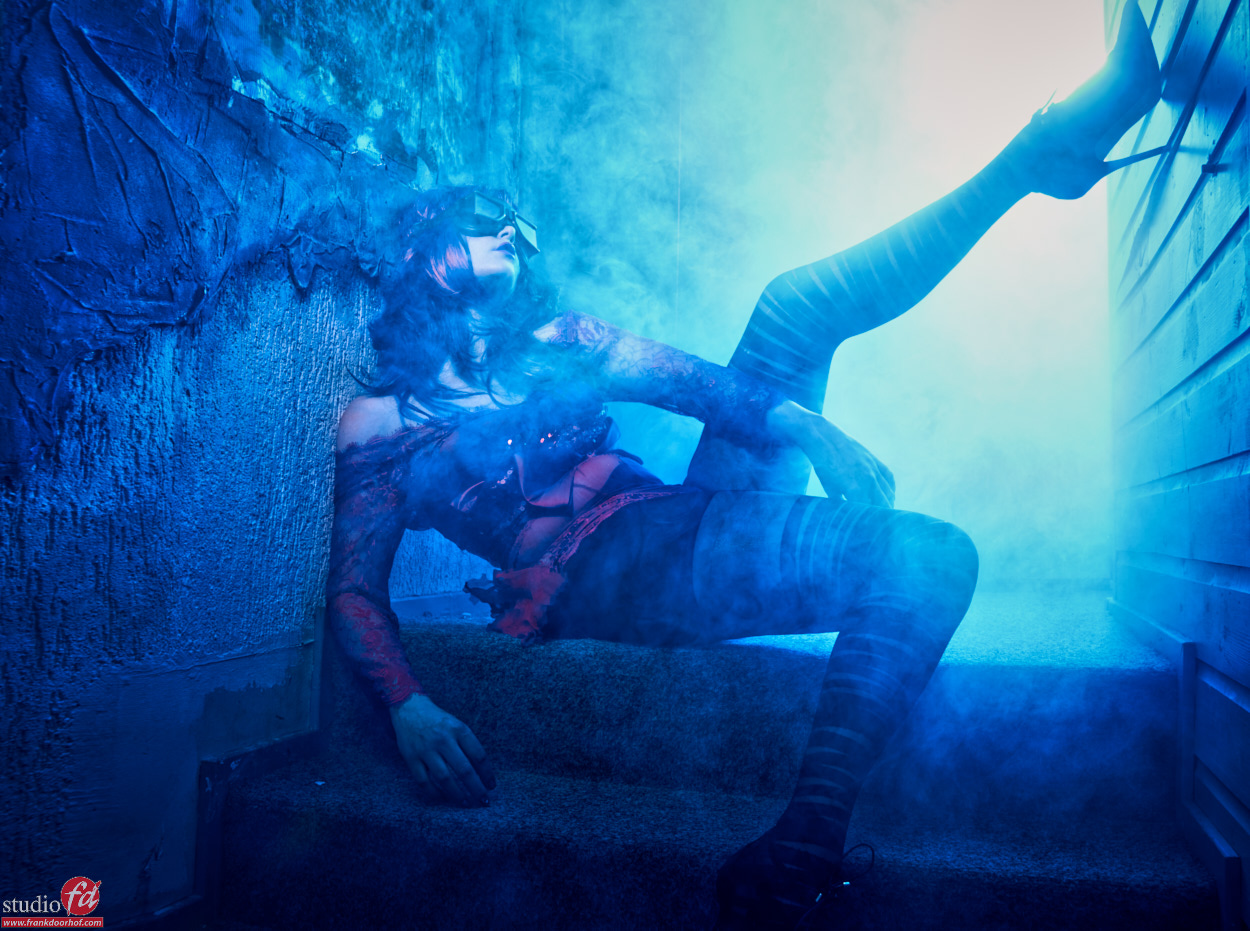
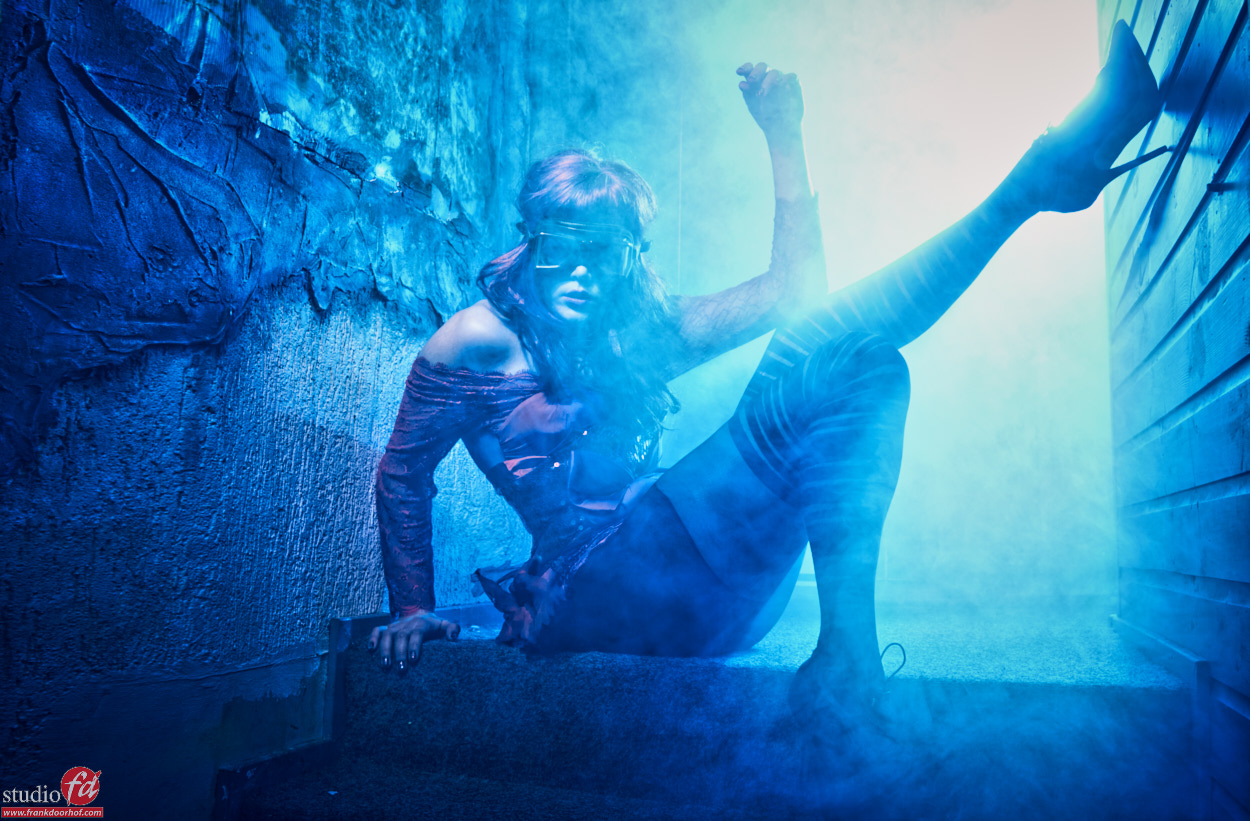
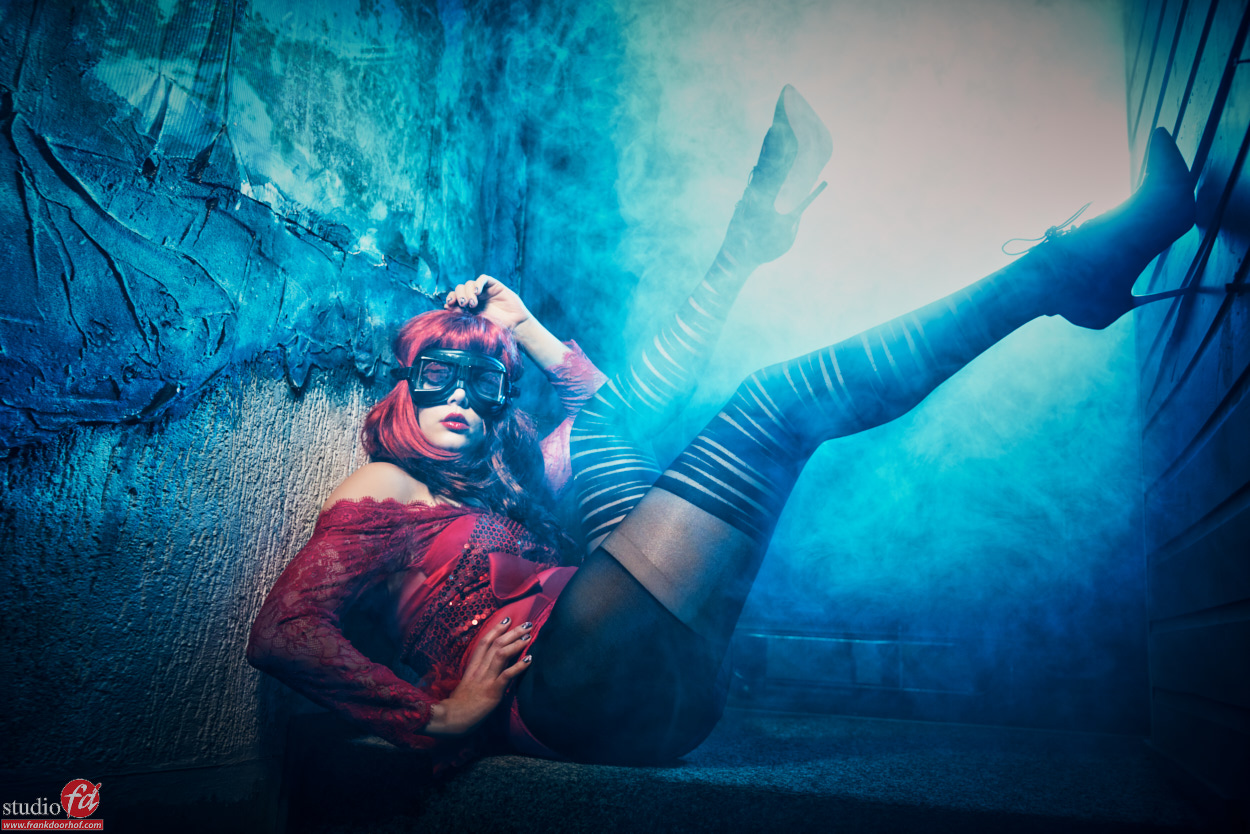
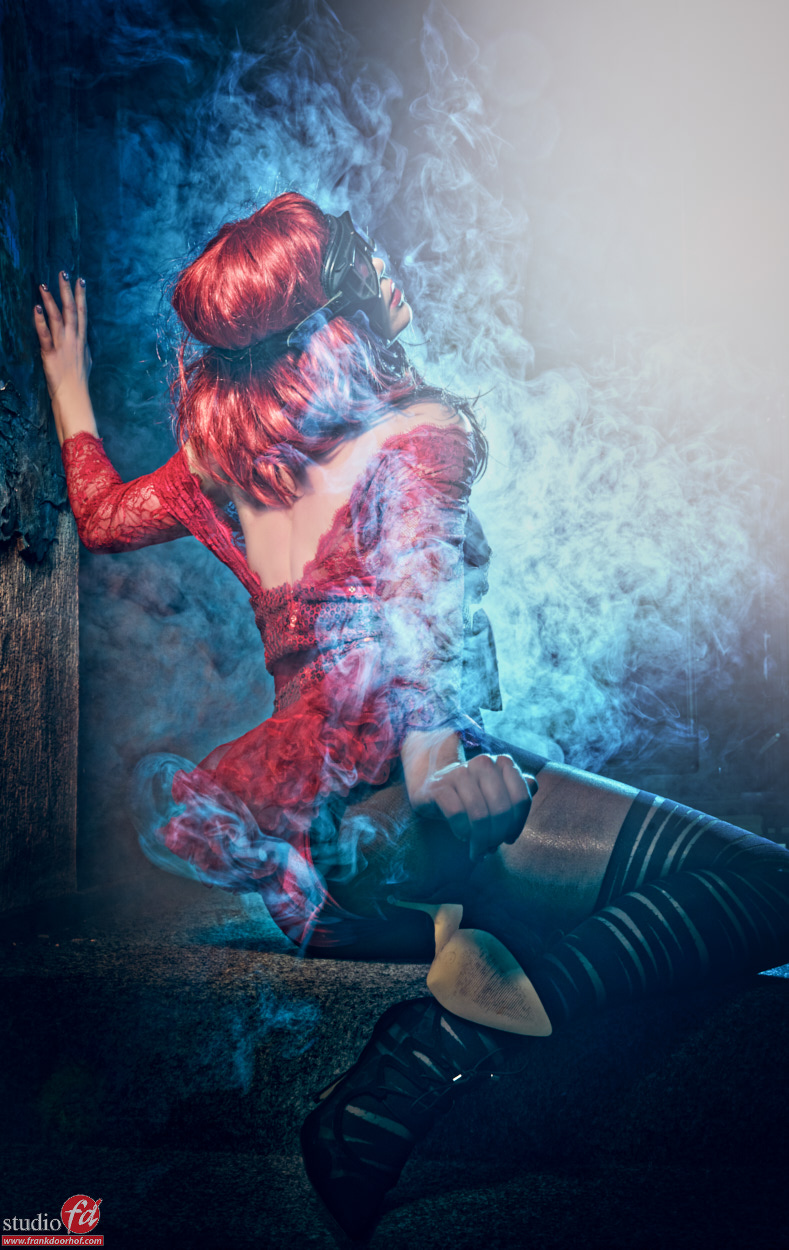
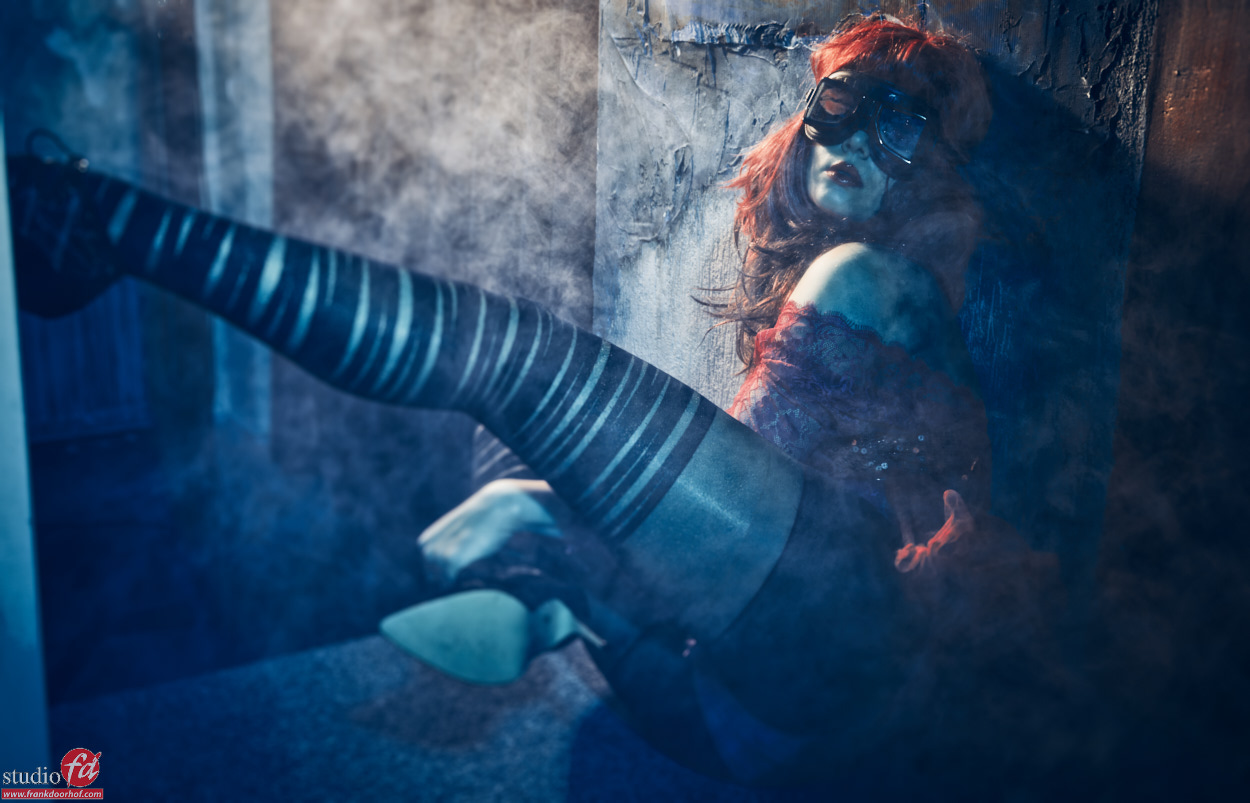
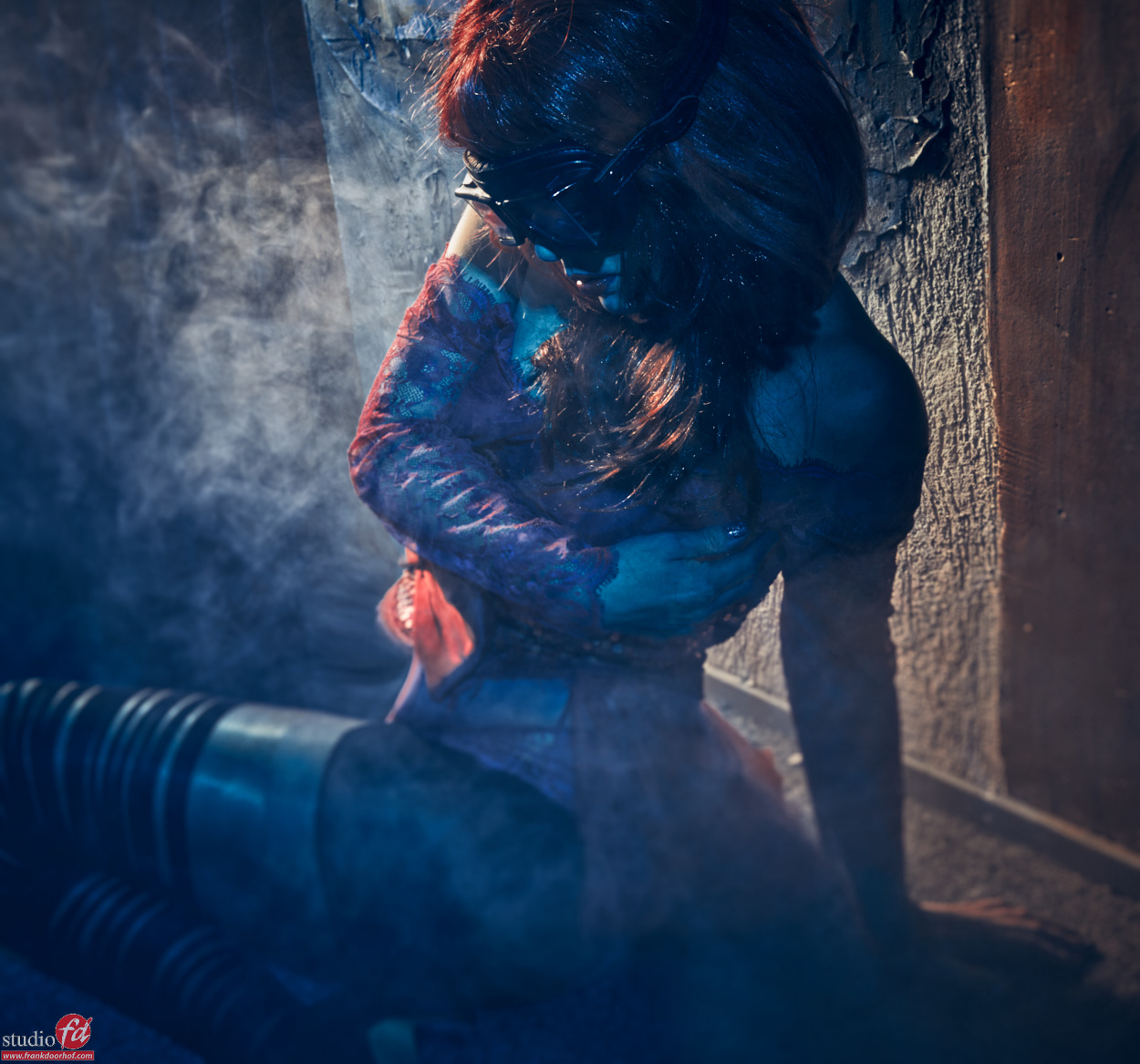
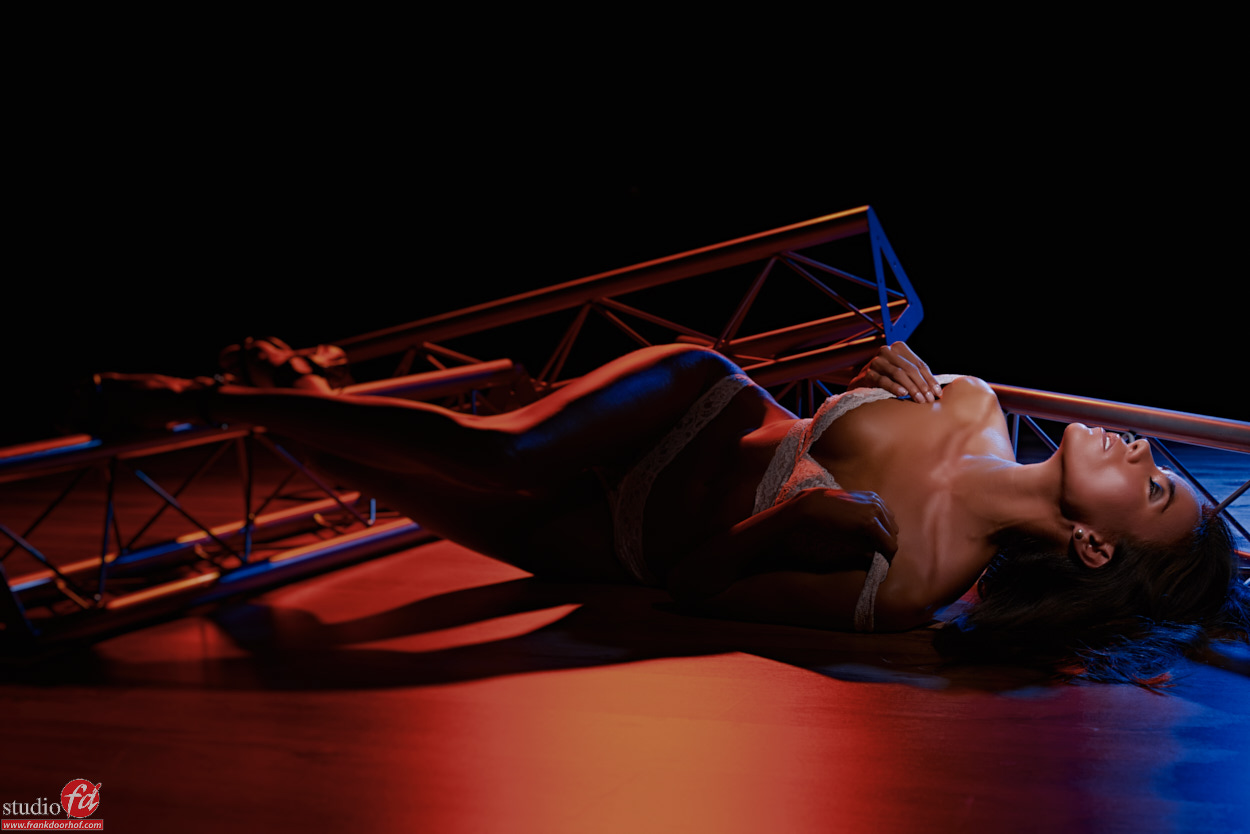
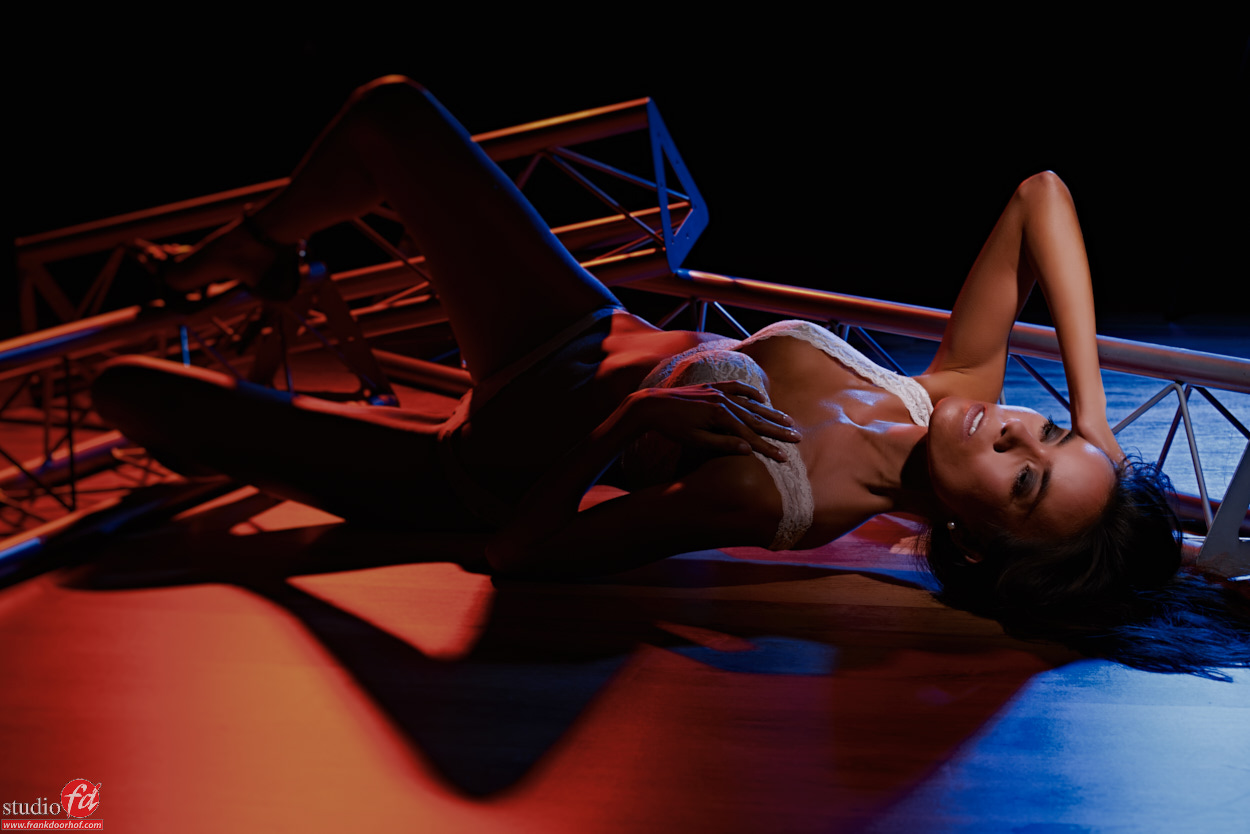
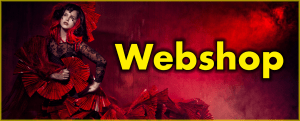
You must be logged in to post a comment.